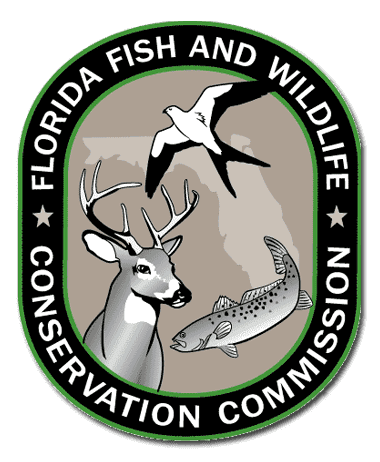If You’ve Seen a Mink Tell Florida FWC

They’re rarely seen in the wild but they do exist in Florida. They’re mink.
Florida Fish and Wildlife Conservation Commission (FWC) biologists are asking for the public’s help in locating these small, fast, semi-aquatic creatures.
Because their size and behavior keeps them out of sight, understanding where mink are in Florida, and how many mink live in the state, is extremely challenging to biologists.
“If members of the public report their sightings of these elusive animals, it would be invaluable to our research,” said Jesse Boulerice, FWC biologist in Lake City. “The more people we have looking for mink, the more information we can gather.”
Fisherman, boaters and other water recreationists are asked to be particularly watchful for mink and report any sightings. These sightings will be used to identify areas where mink are more common in Florida and help biologists pinpoint locations to focus mink research. The Everglades mink is listed in Florida as a threatened species.
The FWC has created an online database for anyone to report sightings of mink in Florida at https://public.myfwc.com/hsc/mink. The database link includes pictures.
Mink are typically found near, in and around sources of water, although they can also be found on dry land.
“They have a long sleek body, thick tail, small ears and small eyes,” Boulerice said. “Mink are between 1 and 2.5 feet long and weigh up to 4 pounds. These animals are dark-chocolate brown to black in color and sometimes have a patch of white along the chin and throat.”
Mink can be confused with otters. Otters look and behave similar to mink but are much larger in size (10-30 pounds). Weasels are also similar to mink, but are smaller and have brown fur along their backs and yellow along the entire belly.
Being strictly carnivorous, mink forage in and along the edges of water, eating fish, frogs, crayfish, crabs and even muskrat and other small mammals. Historically, mink were hunted and used to make mink-fur apparel.

